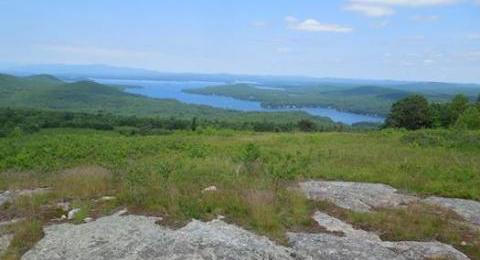
A conservation plan creates a vision for the future ecological health of an area. The natural resources inventory (NRI) provides the basis for the conservation plan, identifying important critical wildlife habitats and highest ranked habitat areas. The conservation plan provides an action plan to protect these features in the long term.
Wildlife habitat and biological diversity conservation planning requires consideration of the biological requirements of species and natural communities, including connectivity of terrestrial and aquatic habitats, spatial relationships among habitats and the potential needs for species to adapt (by migrating, for example) to changing habitat and climate conditions in the future.
Some principles of conservation biology that might be considered when planning for wildlife and habitat conservation include: making conservation areas as large as possible; connecting smaller areas in close proximity, creating larger unfragmented habitat blocks; providing travel corridors for wildlife by protecting riparian areas and connecting habitats; protecting habitats for threatened and endangered species and species of greatest conservation need, and including landscape variety, such as elevation, geography, etc.).
- Use the wildlife maps to identify priority habitats in your community or region
- Use the Wildlife Action Plan Critical Habitats and Possible Associated Species table to cross-reference species and habitats in your area.
- Using the Habitats Land Cover and Highest Ranked Habitats maps, locate existing conserved and public lands, large unfragmented blocks, critical habitat areas and highest ranked habitats
- Use your community’s tax parcels map to locate larger areas that could help establish conservation connections.
Voluntary approaches to habitat conservation includes protection via conservation easements, fee acquisition and/or management of wildlife habitats.
More Information
- For more on land conservation options, reference Conserving Your Land - Options for New Hampshire Landowners (2019)


